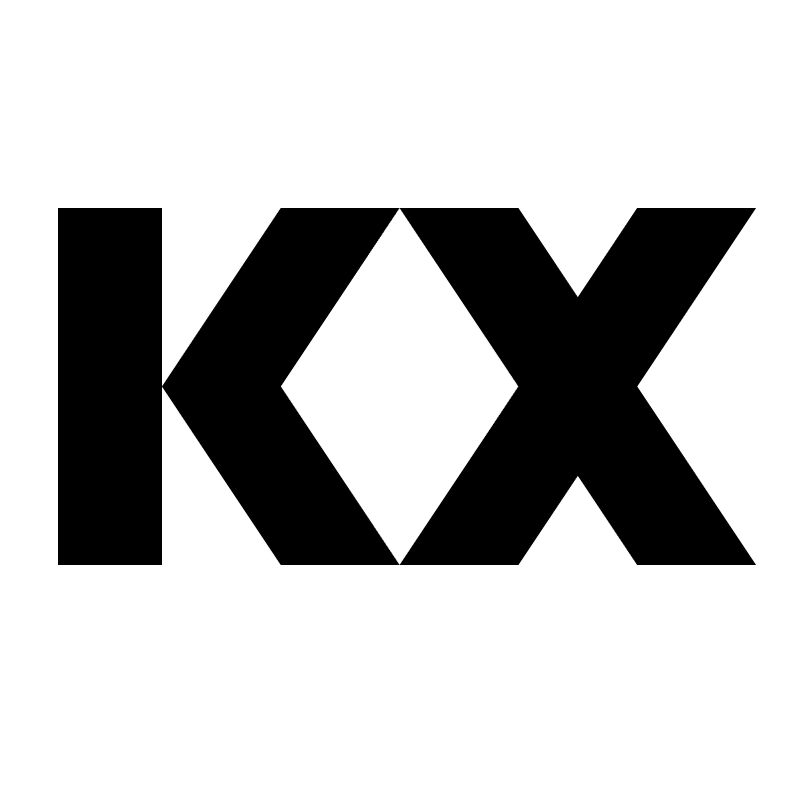Kdb vs Snowflake
A detailed comparison
Compare Kdb and Snowflake for time series and OLAP workloads
Learn About Time Series DatabasesChoosing the right database is a critical choice when building any software application. All databases have different strengths and weaknesses when it comes to performance, so deciding which database has the most benefits and the most minor downsides for your specific use case and data model is an important decision. Below you will find an overview of the key concepts, architecture, features, use cases, and pricing models of Kdb and Snowflake so you can quickly see how they compare against each other.
The primary purpose of this article is to compare how Kdb and Snowflake perform for workloads involving time series data, not for all possible use cases. Time series data typically presents a unique challenge in terms of database performance. This is due to the high volume of data being written and the query patterns to access that data. This article doesn't intend to make the case for which database is better; it simply provides an overview of each database so you can make an informed decision.
Kdb vs Snowflake Breakdown
 |
 |
|
| Database Model | Time series and columnar database |
Cloud data warehouse |
| Architecture | Kdb can be deployed on-premises, in the cloud, or as a hybrid solution. |
Snowflake can be deployed across multiple cloud providers, including AWS, Azure, and Google Cloud |
| License | Closed source |
Closed source |
| Use Cases | High-frequency trading, financial services, market data analysis, IoT, real-time analytics |
Big data analytics, Data warehousing, Data engineering, Data sharing, Machine learning |
| Scalability | Highly scalable with multi-threading and multi-node support, suitable for large-scale data processing |
Highly scalable with multi-cluster shared data architecture, automatic scaling, and performance isolation |
Looking for the most efficient way to get started?
Whether you are looking for cost savings, lower management overhead, or open source, InfluxDB can help.
Kdb Overview
kdb+ is a high-performance columnar, time series database developed by Kx Systems. Released in 2003, kdb+ is designed to efficiently manage large volumes of data, with a primary focus on financial data, such as stock market trades and quotes. It is built on the principles of the q programming language, which is a descendant of APL and K. The database is known for its speed, scalability, and ability to process both real-time and historical data.
Snowflake Overview
Snowflake is a cloud-based data warehousing platform that was founded in 2012 and officially launched in 2014. It is designed to enable organizations to efficiently store, process, and analyze large volumes of structured and semi-structured data. Snowflake’s unique architecture separates storage, compute, and cloud services, allowing users to independently scale and optimize each component.
Kdb for Time Series Data
kdb+ is designed to store time series data, making it a natural fit for applications that require high-speed querying and analysis of large volumes of data. Its columnar storage format allows for efficient compression and retrieval of time series data, while its q language provides a powerful and expressive means to manipulate and analyze the data. kdb+ is especially strong for financial data, though it can be used for other types of time series data as well.
Snowflake for Time Series Data
While Snowflake is not specifically designed for time series data, it can still effectively store, process, and analyze such data due to its scalable and flexible architecture. Snowflake’s columnar storage format, combined with its powerful query engine and support for SQL, makes it a suitable option for time series data analysis.
Kdb Key Concepts
- q language: A high-level, domain-specific programming language used for querying and manipulating data in kdb+. It combines SQL-like syntax with a functional programming style.
- Columnar storage: kdb+ stores data in columns, rather than rows, which allows for faster querying and analysis of time series data.
- Tables: kdb+ stores data in tables, which are similar to relational tables, but with a focus on columnar storage and time series data.
- Splayed tables: A table storage format where each column is stored in a separate file, further enhancing query performance.
Snowflake Key Concepts
- Virtual Warehouse: A compute resource in Snowflake that processes queries and performs data loading and unloading. Virtual Warehouses can be independently scaled up or down based on demand.
- Micro-Partition: A storage unit in Snowflake that contains a subset of the data in a table. Micro-partitions are automatically optimized for efficient querying.
- Time Travel: A feature in Snowflake that allows users to query historical data at specific points in time or within a specific time range.
- Data Sharing: The ability to securely share data between Snowflake accounts, without the need to copy or transfer the data.
Kdb Architecture
kdb+ is a columnar, time series database that employs a custom data model tailored for efficient storage and querying of time series data. It does not use traditional SQL, but instead relies on the q language for querying and data manipulation. The architecture of kdb+ is designed for both in-memory and on-disk storage, with the ability to scale horizontally across multiple machines. The primary components of kdb+ are the database engine, the q language interpreter, and the built-in web server.
Snowflake Architecture
Snowflake’s architecture separates storage, compute, and cloud services, allowing users to scale and optimize each component independently. The platform uses a columnar storage format and supports ANSI SQL for querying and data manipulation. Snowflake is built on top of AWS, Azure, and GCP, providing a fully managed, elastic, and secure data warehouse solution. Key components of the Snowflake architecture include databases, tables, virtual warehouses, and micro-partitions.
Free Time-Series Database Guide
Get a comprehensive review of alternatives and critical requirements for selecting yours.
Kdb Features
High performance
kdb+ is known for its speed and performance, with its columnar storage format and q language allowing for rapid querying and analysis of time series data.
Scalability
kdb+ is designed to scale horizontally, making it suitable for handling large volumes of data across multiple machines.
q language
The q language is a powerful, expressive, and high-level language used for querying and manipulating data in kdb+. It combines SQL-like syntax with a functional programming style.
Snowflake Features
Elasticity
Snowflake’s architecture allows for independent scaling of storage and compute resources, enabling users to quickly adjust to changing workloads and demands.
Fully Managed
Snowflake is a fully managed service, eliminating the need for users to manage infrastructure, software updates, or backups.
Security
Snowflake provides comprehensive security features, including encryption at rest and in transit, multi-factor authentication, and fine-grained access control.
Data Sharing
Snowflake enables secure data sharing between accounts without the need to copy or transfer data.
Kdb Use Cases
Financial data analysis
kdb+ is widely used in the financial industry for the storage and analysis of stock market trades, quotes, and other time series financial data.
High-frequency trading
kdb+ is a popular choice for high-frequency trading applications due to its high performance and ability to handle large volumes of real-time data.
IoT and sensor data
kdb+ can be used to store and analyze large volumes of time series data generated by IoT devices and sensors, though its primary focus remains on financial data.
Snowflake Use Cases
Data Warehousing
Snowflake provides a scalable, secure, and fully managed data warehousing solution, making it suitable for organizations that need to store, process, and analyze large volumes of structured and semi-structured data.
Data Lake
Snowflake can serve as a data lake for ingesting and storing large volumes of raw, unprocessed data, which can be later transformed and analyzed as needed.
Data Integration and ETL
Snowflake’s support for SQL and various data loading and unloading options makes it a good choice for data integration and ETL
Kdb Pricing Model
kdb+ is a commercial product, with pricing depending on the deployment model and the number of cores or servers used. Kx Systems offers a free 32-bit version of kdb+ for non-commercial use, with limitations on the amount of memory that can be used. For commercial deployments and full-featured versions, users must contact Kx Systems for pricing details.
Snowflake Pricing Model
Snowflake offers a pay-as-you-go pricing model, with separate charges for storage and compute resources. Storage is billed on a per-terabyte, per-month basis, while compute resources are billed based on usage, measured in Snowflake Credits. Snowflake offers various editions, including Standard, Enterprise, Business Critical, and Virtual Private Snowflake, each with different features and pricing options. Users can also opt for on-demand or pre-purchased, discounted Snowflake Credits.
Get started with InfluxDB for free
InfluxDB Cloud is the fastest way to start storing and analyzing your time series data.
